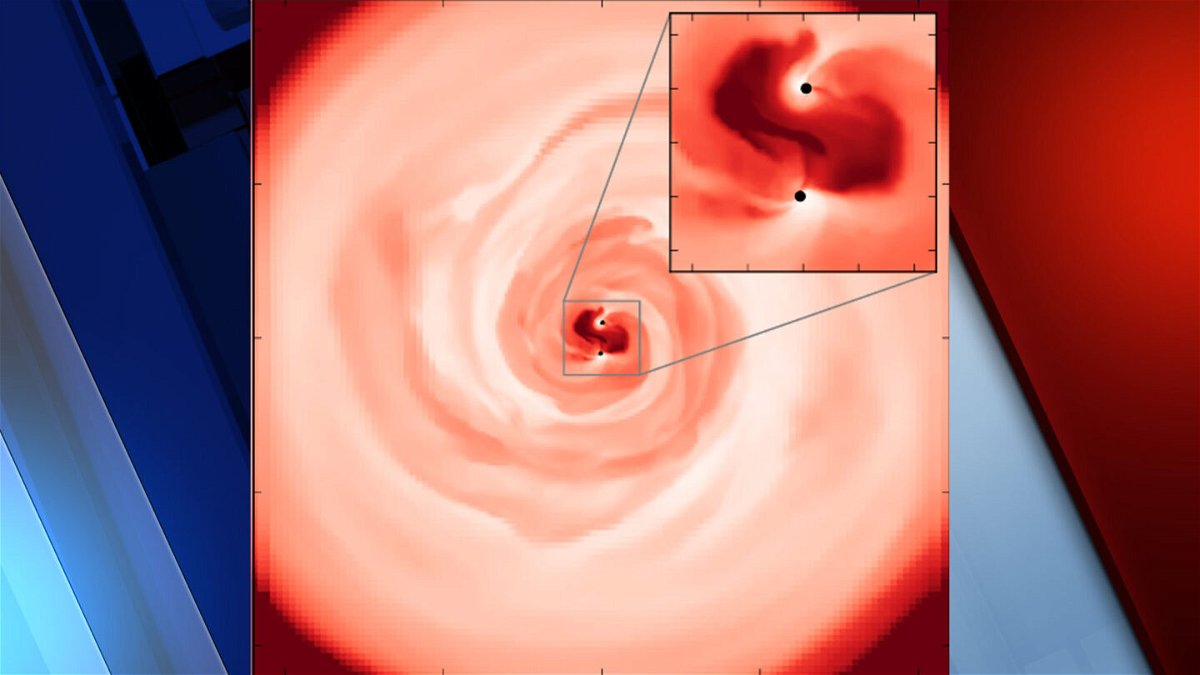U of I researchers on team exploring black hole mergers with $1.8 million NASA award

MOSCOW, Idaho (KIFI) — A team including University of Idaho researchers is going to explore the physics of supermassive black hole mergers and galaxy collisions.
This could unlock secrets that could reshape science’s understanding of one of the universe’s most enigmatic processes.
Using advanced computer models and supported by a $1.8 million NASA grant, U of I astrophysicists are joined by researchers from Johns Hopkins University, NASA’s Goddard Space Flight Center and the Rochester Institute of Technology.
Supermassive black holes, millions or billions of times heavier than the sun, reside at the centers of galaxies and play a crucial role in the evolution of these massive cosmic structures. Galaxies grow by merging with other galaxies in a violent process that causes at least one of the galaxies to rip the other apart.
After the merger, the individual supermassive black holes gradually fall toward the center of the newly merged galaxy and orbit each other. In this busy center, surrounding gas and other matter are drawn into these orbiting black holes, emitting telltale light signals. Over time, the two black holes will merge into an even more massive black hole. The ability to model this process on computers is essential for identifying the light signals emitted by orbiting and merging black holes, as well as for extracting information about the black holes from these signals.
“Our aim is to better understand the light emitted when gas falls into orbiting supermassive black holes, from the early stages when they are orbiting far apart to the actual collision and aftermath,” said Zachariah Etienne, U of I professor of physics and head of the U of I research group.
The team will employ computer models that incorporate Einstein’s theory of gravity and the interactions between magnetic fields and gas near the black holes to predict light signals observable by NASA telescopes.
“This project aims to drive major steps forward in our understanding of supermassive black holes spiraling into one another at the core of a merged galaxy,” said Manuela Campanelli, distinguished professor at Rochester Institute of Technology and the project’s leader. “The combined expertise of our team will pave the way for new discoveries.”
This research could greatly impact current and future space observations, helping scientists distinguish the light signals of supermassive black hole mergers from other galactic light sources.
“Information from these signals could provide insights into how galaxies like ours evolve over time,” Etienne said. “Such insights enable a better comprehension of our place in the vast tapestry of the cosmos.”
